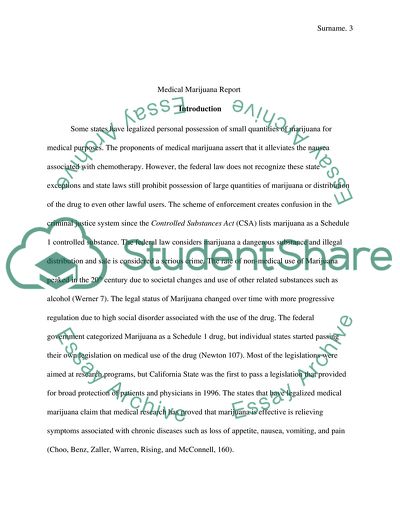Cite this document
(“Labeling effects of first juvenile arrests: secondary deviance and Research Paper - 1”, n.d.)
Retrieved from https://studentshare.org/law/1678110-labeling-effects-of-first-juvenile-arrests-secondary-deviance-and-secondary-sanctioning
Retrieved from https://studentshare.org/law/1678110-labeling-effects-of-first-juvenile-arrests-secondary-deviance-and-secondary-sanctioning
(Labeling Effects of First Juvenile Arrests: Secondary Deviance and Research Paper - 1)
https://studentshare.org/law/1678110-labeling-effects-of-first-juvenile-arrests-secondary-deviance-and-secondary-sanctioning.
https://studentshare.org/law/1678110-labeling-effects-of-first-juvenile-arrests-secondary-deviance-and-secondary-sanctioning.
“Labeling Effects of First Juvenile Arrests: Secondary Deviance and Research Paper - 1”, n.d. https://studentshare.org/law/1678110-labeling-effects-of-first-juvenile-arrests-secondary-deviance-and-secondary-sanctioning.


